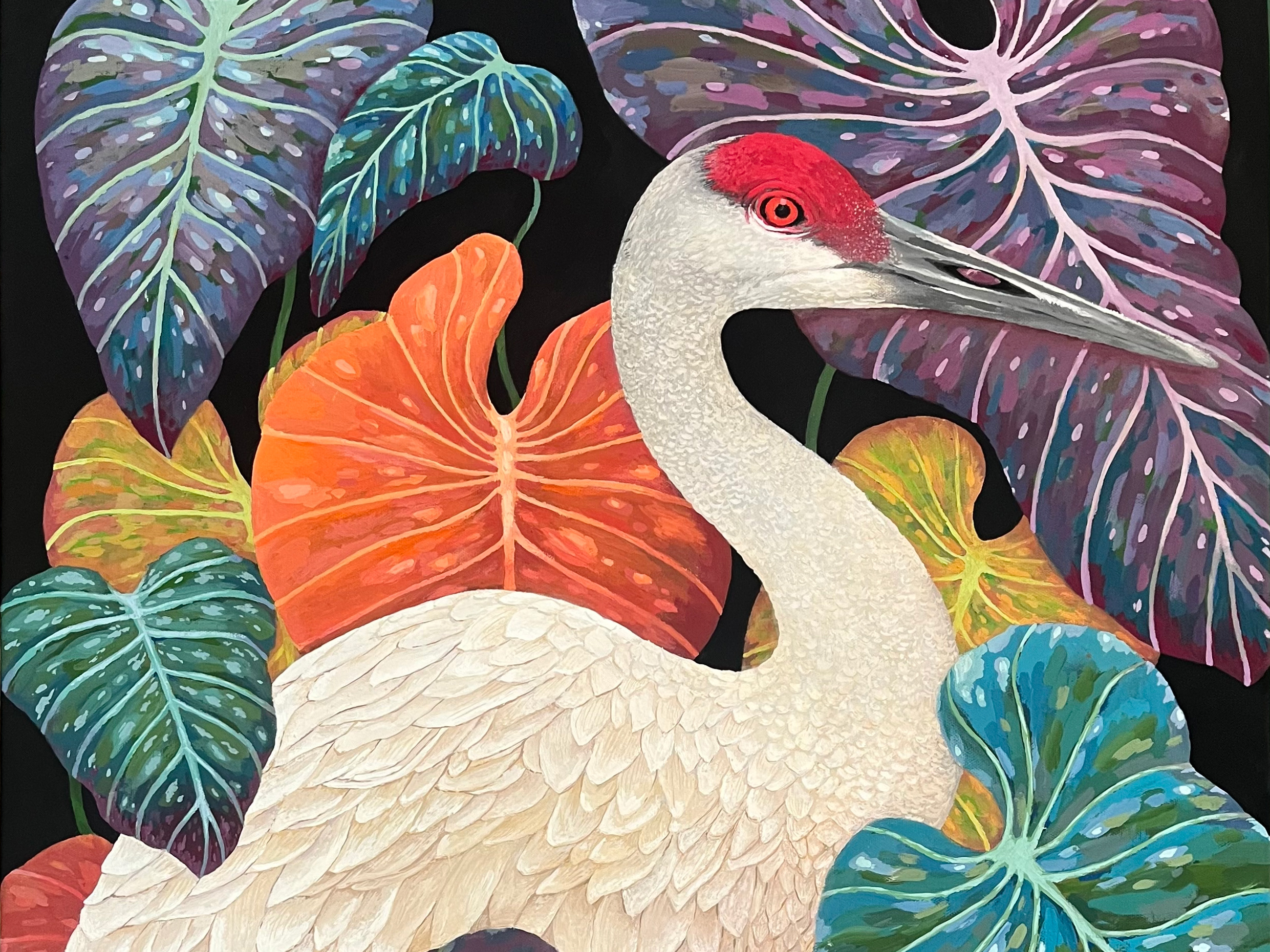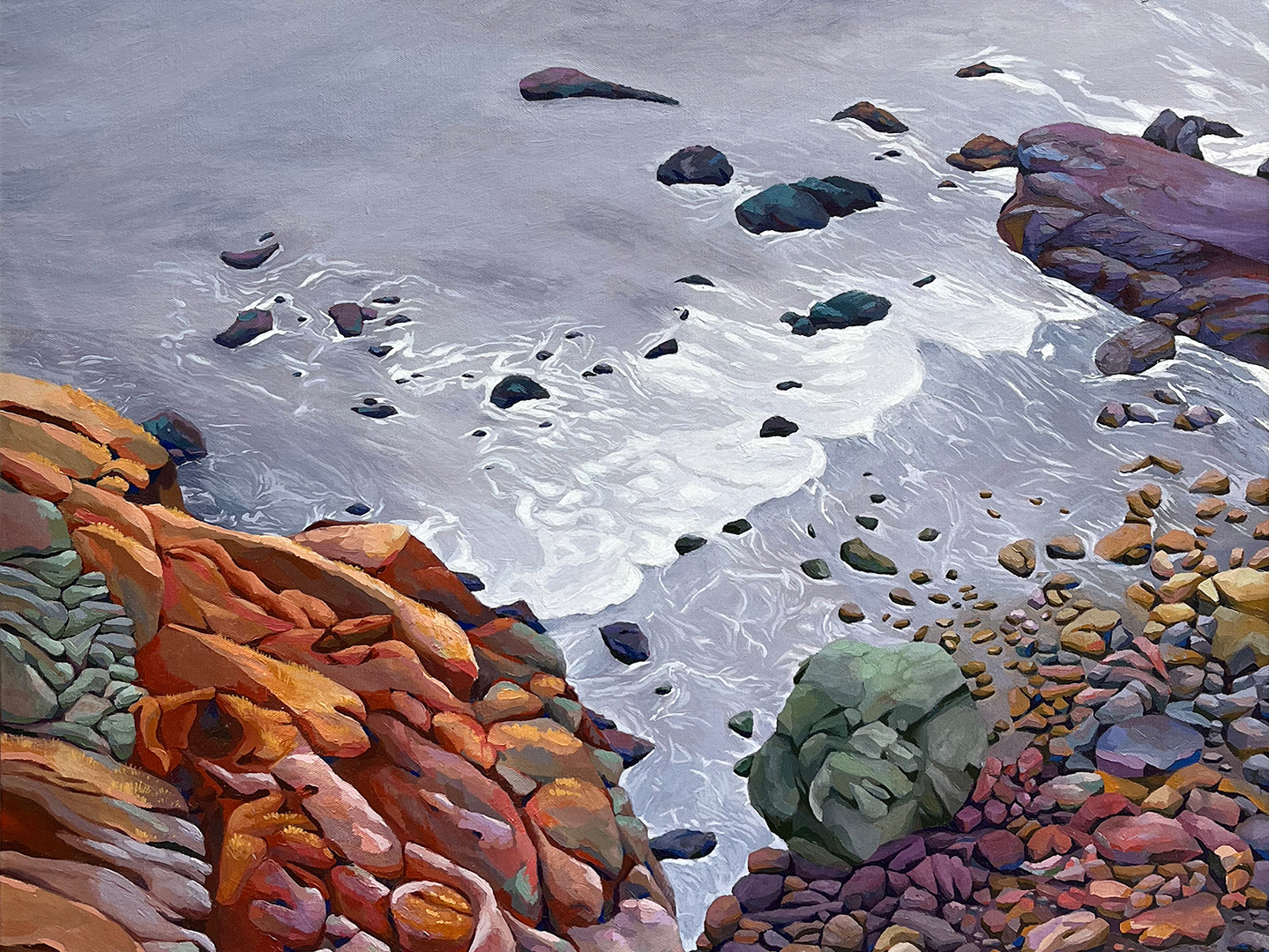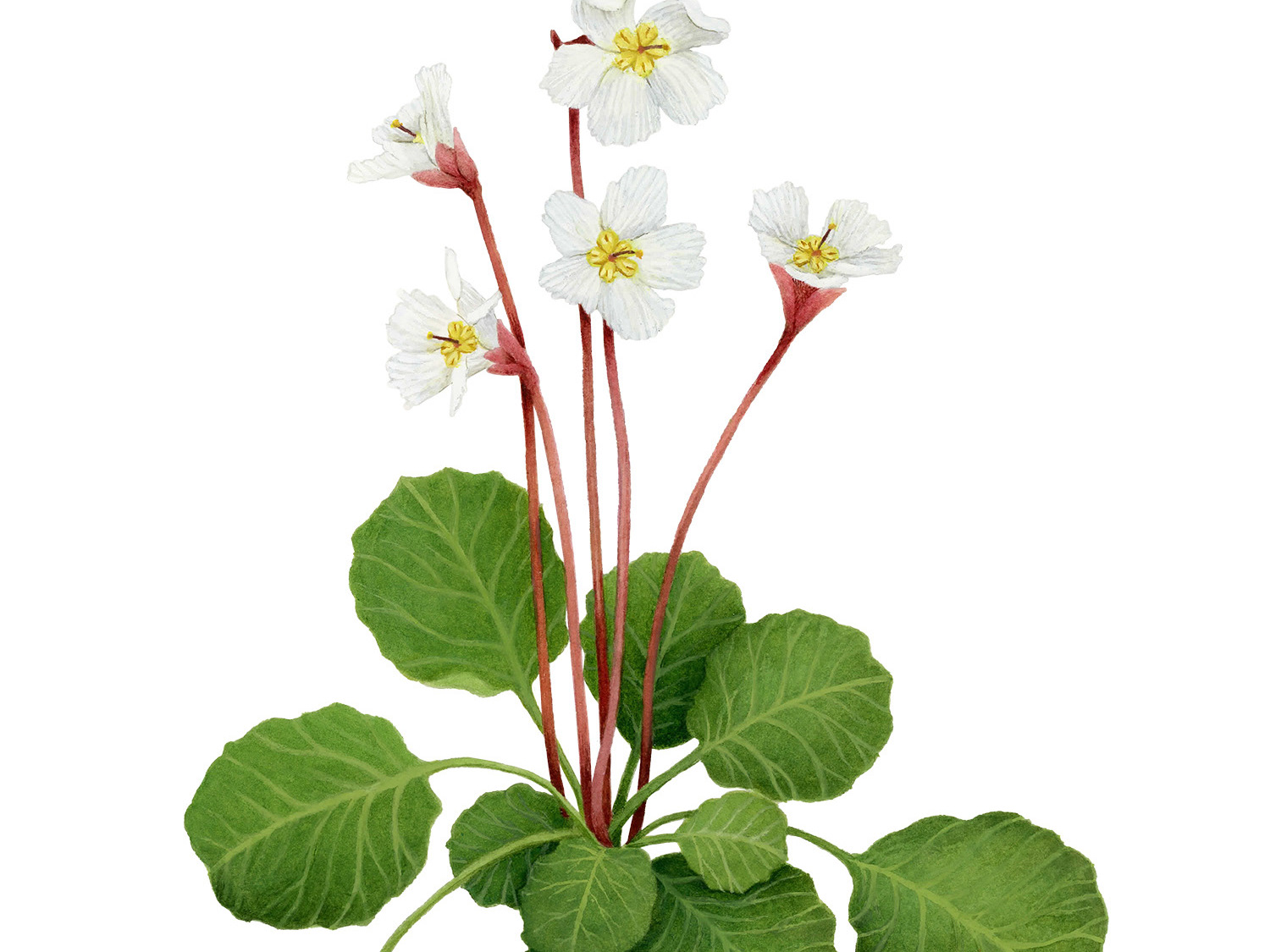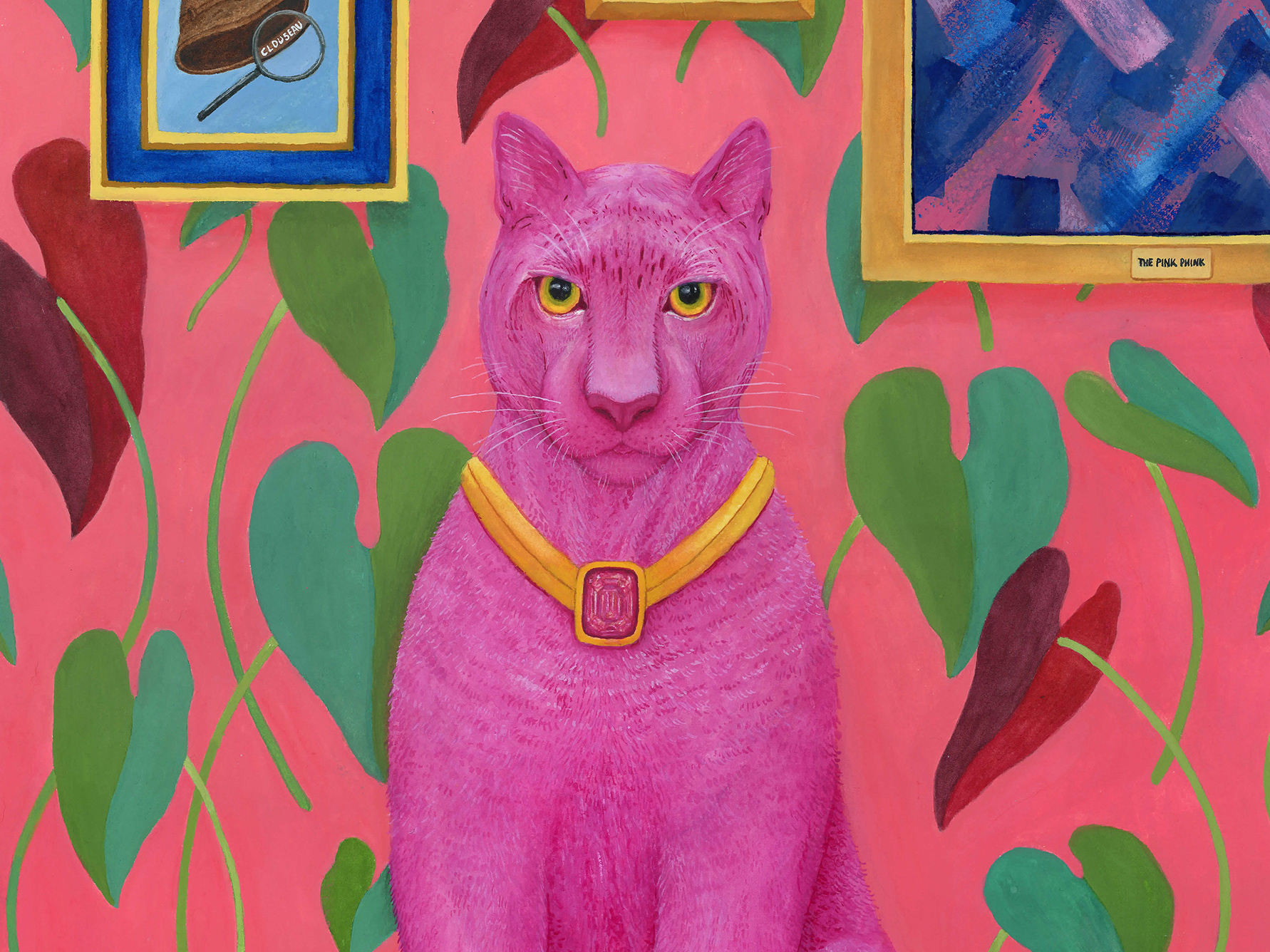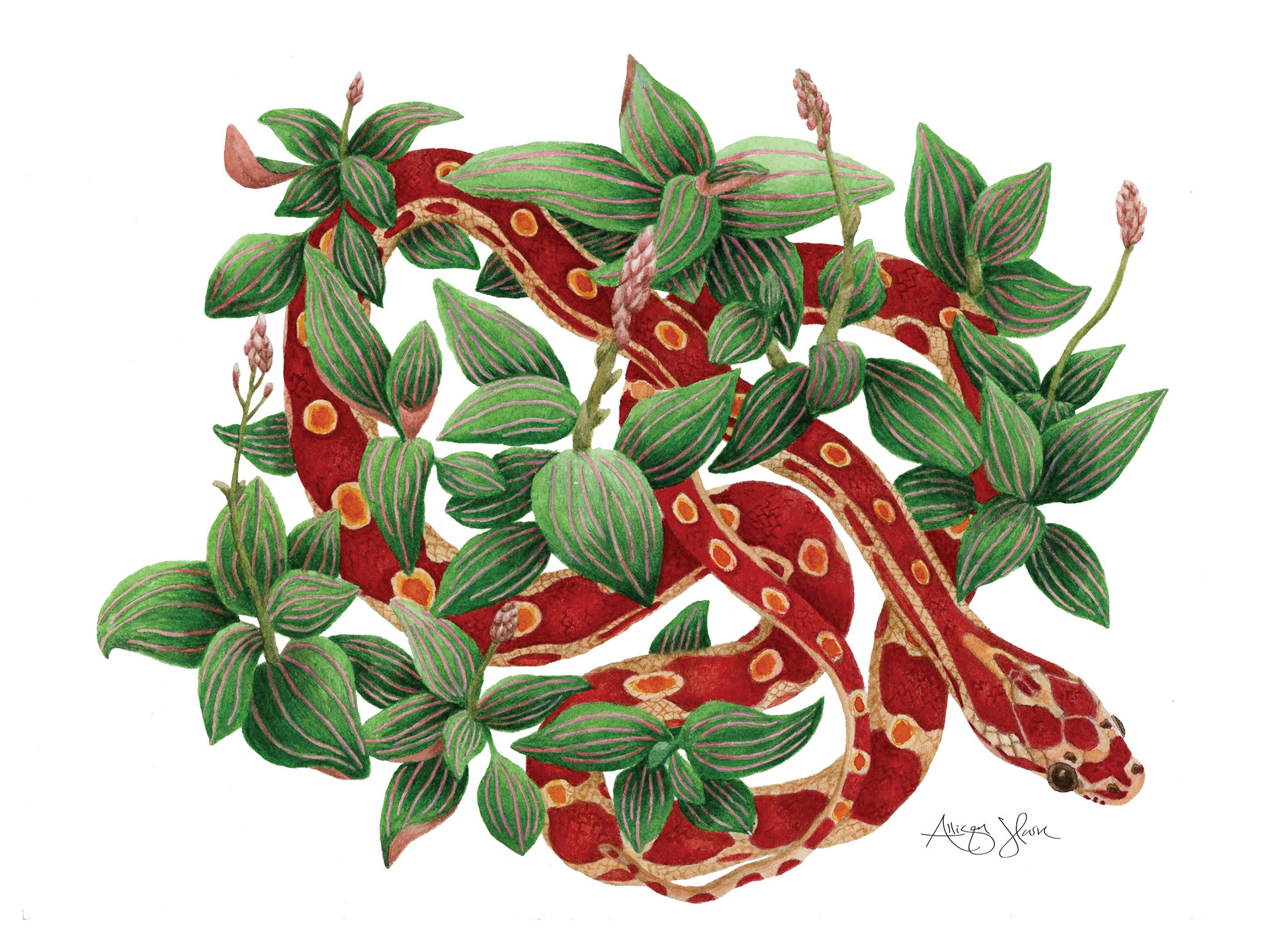In this series, I explore the contrast between nature’s fastest animals and the engineered speed of Formula 1 racing. For each Grand Prix country, I’ve chosen a native predator or swift animal and paired it with the layout of that country's F1 track. These paintings highlight the raw, instinctual power of wild creatures alongside the precision and control of high-performance machines.
I’m fascinated by how both animals and race cars embody speed, yet in such different ways—one evolved through nature, the other built by human ingenuity. The fluid grace of the animals contrasts with the sharp, technical lines of the tracks, offering a visual dialogue between the natural and the mechanical.
This series is a reflection on movement, instinct, and performance—whether in the wild or on the racetrack—and how both worlds pursue speed with intensity and purpose.
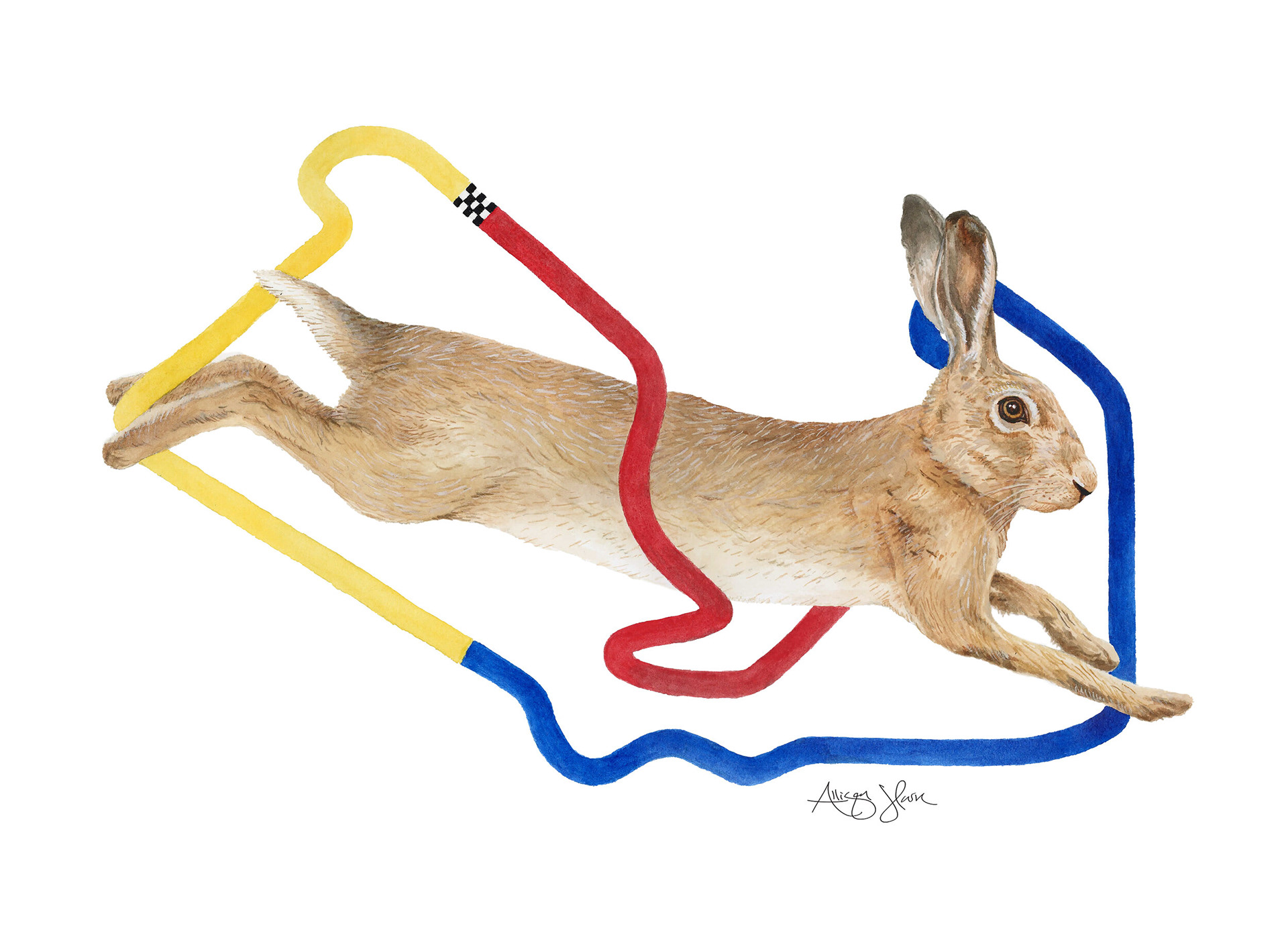
For the British Grand Prix, I chose to depict England’s swiftest native animal, the European hare (or brown hare), racing through the track with unmatched speed and agility, embodying the essence of the high-speed action of Formula 1.
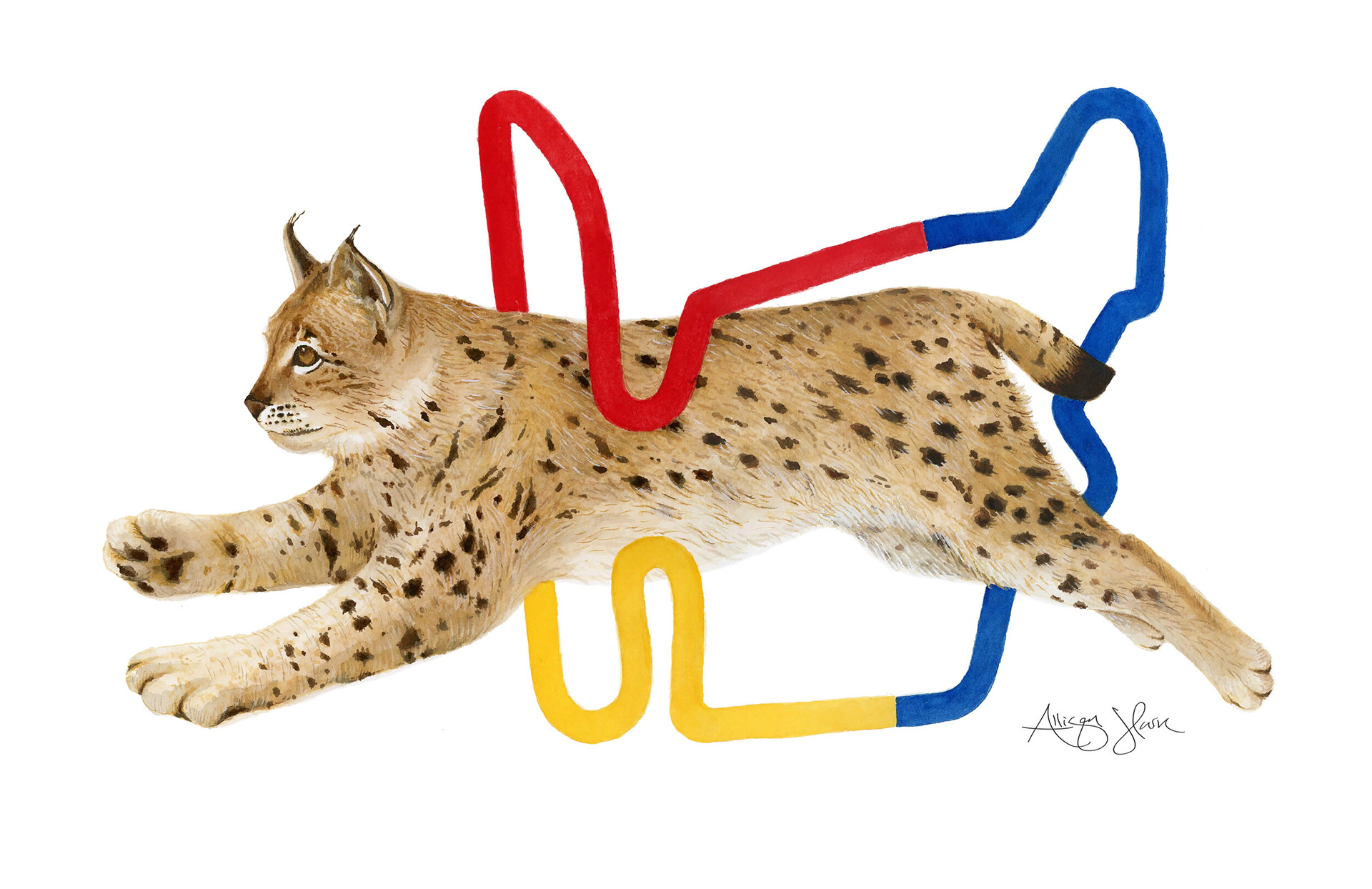
In celebration of the Hungarian Grand Prix, I painted the formidable Eurasian lynx, one of Hungary’s most skilled predators. Known for having no natural enemies and standing as one of Europe’s largest predators, the lynx exudes both power and precision, much like the drivers on the track.
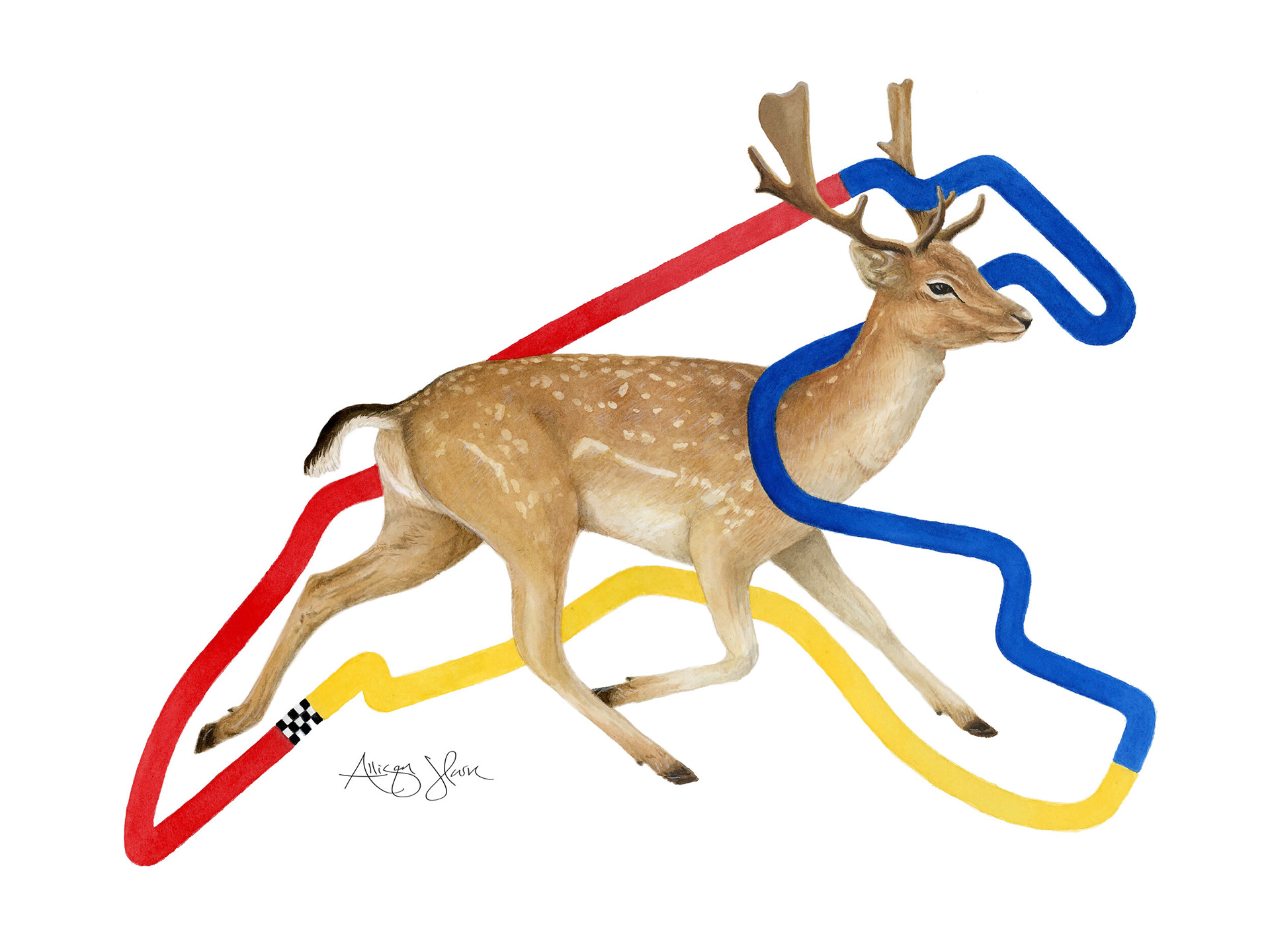
For the Belgian Grand Prix, I captured the European fallow deer, one of the fastest creatures in Belgium. With the ability to reach speeds of up to 48 km/h in short bursts, the lean and agile fallow deer parallels the athleticism and speed of F1 drivers, making for a fitting tribute to the race.
(This is an ongoing series)
